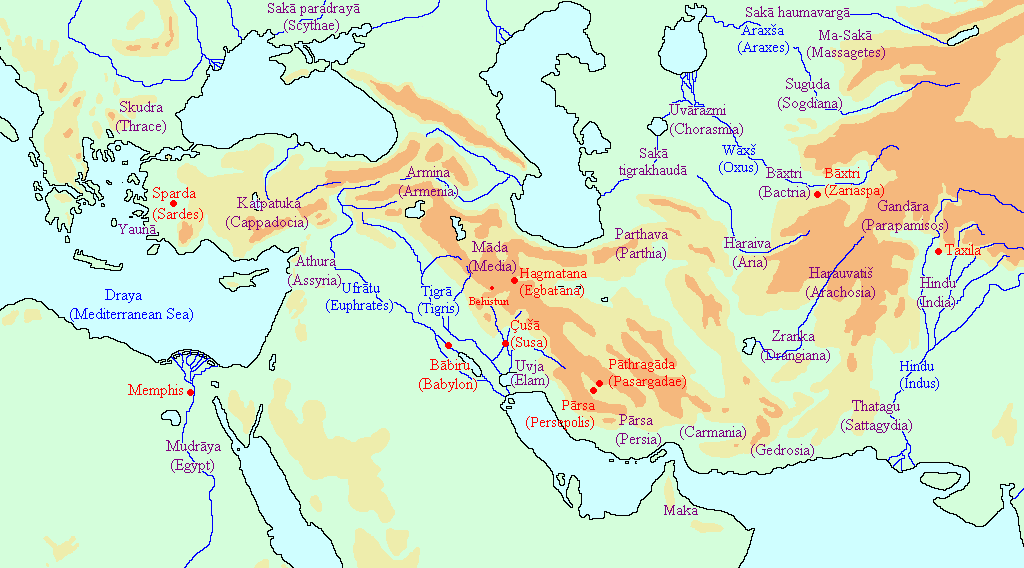What better way to start this project than to discuss the name of the language and its (mis)spelling(s)?
Firstly, welcome to Chorasmian Online. This site is meant to provide an online home for everything concerning the Chorasmian language, from primary source materials such as digitized manuscripts, to modern scholarly publications. It will also be home to an upcoming project to complete a dictionary of Chorasmian (first begun by W. B. Henning, later continued by D. N. MacKenzie, and never finished). It is also one of the goals that, since Chorasmian is the least studied of the Middle Iranian languages, making the existing materials available to the public will stimulate interest and research on it, and hopefully also encourage institutions to make their own holdings available to interested scholars and students. This site will be updated regularly, so check back often, and please don’t hesitate to get in touch with suggestions or materials.

The name of the region and the language have been rendered variously in works in European languages, with a bewildering variety of forms available in the literature, such as Chorasmian, Choresmian, Khwarazmian, Khwarezmian, and Khwarizmian (English); chwaresmisch, chvaresmisch, khwarezmisch (German); and Хорезмийский (Russian).
Chorasmian is based on the Greek form Χορασμία, attested in literature such as Herodotus and others. Choresmian seems to likewise be based on the Greek, but with a Persian -e- vowel in the second syllable for no clear reason.
Khwarezmian, though, is closer to a Persian form خوارزم, while Khwarazmian seems to be Persian or Arabic but with the second vowel drawn from the attested Old Persian form (h)uvārazmi-. The Arabic form usually occuring in the extant textual sources is خُوارِزْم khuwārizm, hence the spelling Khwarizmian, though khuwārazm seems to be also be attested or at least normalized in modern editions.
Of all these spellings, Chorasmian or Khwarizmian seem to me the most correct, as both reasonably accurately transcribe the name as it is attested in ancient sources. Yet, Khwarezmian, thanks to the significance of D. N. MacKenzie’s publications, has been the most commonly used even though Persian is much less relevant for the study of the language than Arabic, and all the existing primary sources are in an Arabic textual context. In principle, I rather support use of Khwarizmian, for consistency with the Arabic sources of the language. But, I have chosen to go with Chorasmian here since it is closest to the way most speakers of European languages actually pronounce the word, regardless of spelling. In a way, it is also consistent with Europeanizations of Middle Iranian language names in general, since we write and say Sogdian rather than sughd-ian, Bactrian rather than aria-n, and so on.
The name of the region itself is attested in Avestan sources as acc.sg. xvaīrizəm (e.g. Yašt 10.14, and in Old Persian as nom.sg. (h)uvārazmiš <u-v-a-r-z-mi-i-š> (e.g.XPh, lines 21–22). These two also disagree on the second vowel! (And both may be only approximations of how natives of the region pronounced the placename.) The word itself looks like a compound, with the first part derived from *hwāra- “low” (as was already recognized by MacKenzie (1983, p. 1244). The second part could be *zm-, the zero-grade of *zam- “land”. The compound would have a meaning of “low-lands”—not unreasonable given the low elevation of the marshy regions south of the Aral Sea.

